Tucker faithful celebrate 75 years of a revolutionary car
The radical but short-lived Tucker 48 sedan remains one of the most spectacular automotive brand failures of all time. Loyalty for the marque still persists among a band of followers who remain convinced that Preston Tucker was victimized by the Detroit “Big Three,” unmercifully harassed by the Securities and Exchange Commission (SEC), and unfairly targeted in a cruel vendetta authored by Homer Ferguson, better known as “The Senator from Detroit.”
Last weekend at the Antique Automobile Club of America (AACA) Museum in Hershey, Pennsylvania, a loyal group of 250 Tucker fans gathered for a two-day celebration to honor company founder Preston Thomas Tucker and “keep the legend alive.” There were nine Tucker automobiles on hand, and four of them paraded around the museum, to the delight of the assembled crowd. Sleek, stylish, and ahead of their time, the Tuckers beg the question: Why were they not successful?

If you somehow missed the 1988 Francis Coppola film, Tucker, The Man and His Dream, here’s a quick recap of the Tucker saga:
Flamboyant entrepreneur Preston Tucker, of Ypsilanti, Michigan, debuted his plans for a radical postwar car in the December 1946 issue of Science Illustrated magazine. With its rocket-ship-inspired styling by George Lawson and Alex Tremulis, a rear-mounted flat-six engine (that could be removed in minutes for servicing), Torsiolastic independent suspension, aircraft-style doors, pop-out windshield, swiveling center headlight, standard seat belts, and padded “safety chamber,” there was nothing like it on the road. Orders poured in for the “Car of Tomorrow.” Tucker’s suggested $2450 price tag undercut Cadillac’s popular Model 62 sedan by about $500—a big difference in 1948.
But Tucker’s then-radical sedan never reached true production. After he was smeared in headlines and maligned by nefarious radio commentator Drew Pearson, Tucker and his company were investigated by the SEC (which seized all the factory records), indicted for investment irregularities, and charged with stock and mail fraud. After a sensational trial, Preston Tucker and his associates were acquitted of all charges, but the company’s reputation suffered and funds were almost wholly depleted after the legal fees. When the Tucker plant closed in mid-1948, just thirty-seven pilot models had been completed. Fourteen additional Tuckers were completed, for a total of 51. Some 47 of those cars have survived.
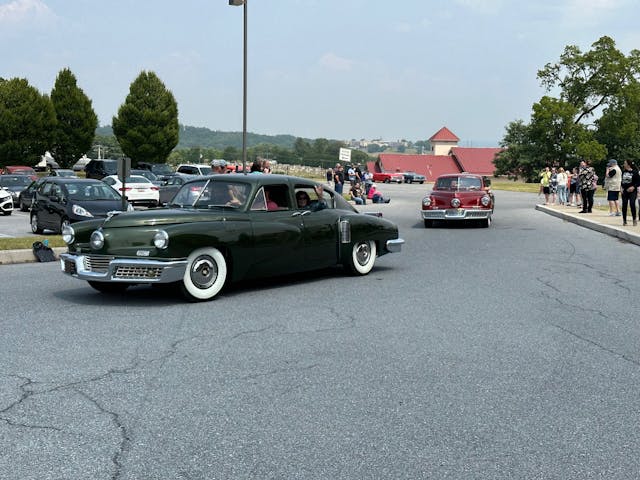

Myths abound about the Tucker venture, but this much is true: Preston Tucker was fundamentally naïve about business; his effort was seriously underfunded, his showy style and unusual business practices annoyed the powers that be; the hastily built initial cars were not sufficiently developed; and he was very unlucky. Despite the Tucker’s monumental business failure, Tucker owners and club members remain passionately loyal to his memory, and Tucker cars presently sell for seven-figure sums.
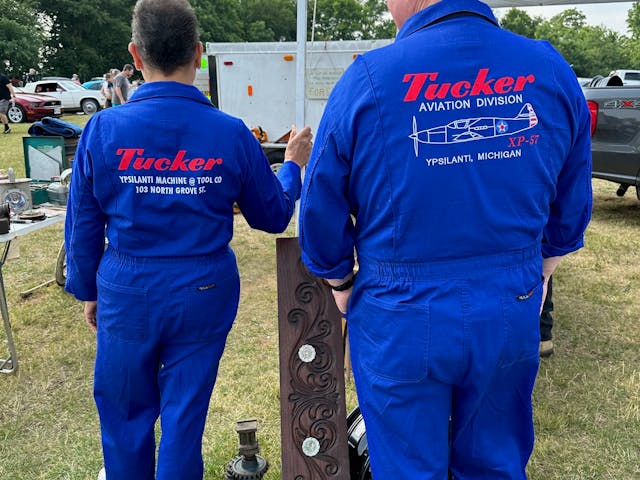
At the recent “Tuckerama,” John Tucker, Preston’s grandson, and his sons, Shaun and Mike, spoke about the nine individual cars on show. They were each assembled by hand, so there are countless differences and running changes. Based on detailed questions asked in the event’s seminars, there’s no such thing as too much minutia for Tuckerphiles. The audience listened raptly. Attorney Steve Lehto, author of Preston Tucker and His Battle to Build the Car of Tomorrow, reviewed Tucker’s many legal problems. “It was a shame,” one spectator exclaimed. “Tucker was treated so unfairly.”
Mark Lieberman, whose company, Nostalgic Motors, offers restoration, parts, and service for Tucker survivors, held court on a variety of Tucker issues. The Tucker was principally designed by Alex Tremulis, who penned the prewar Chrysler Thunderbolt and the two-wheeled Gyronaut X-1. Tremulis was represented by his nephew, Steve, and Steve’s lovely daughter, Allie, who both fondly remembered their Uncle Alex. Preston Tucker and Alex Tremulis were recognized with Hall of Honor awards.

A few years ago, the late David Cammack, who operated a Tucker museum in Arlington, Virginia, donated three Tucker cars and a treasure trove of the original Tucker company’s files and blueprints to the AACA Museum. During the Tuckerama weekend, the new David S. Cammack Research Center was opened on the museum’s second floor. When Preston Tucker was on trial, skeptics claimed he never seriously intended to build a car; he was just trying to extort money. But there were 51 completed cars, and a cursory look at hundreds of blueprints here, as well as copious correspondence with suppliers, underscores that Tucker was serious, and it helps explain why his trials ended with acquittals in every instance.
The cars on hand spanned the full gamut of Tucker history. Pat Swigart, who owns the Swigart Museum in Huntingdon, Pennsylvania (founded in 1920!), brought the “Tin Goose,” the original Tucker prototype. It’s been listed on the National Historic Vehicle Register. The AACA Museum trotted out one of two sedans that were fitted with the “Tuckermatic” automatic transmission. And Howard Kroplick’s Model 48, number 1044, took a second in class in 2018 at the Pebble Beach Concours d’Elegance. Filmmaker George Lucas won that year with a very original example, number 1009. Both Lucas and Francis Coppola still own Tucker cars.
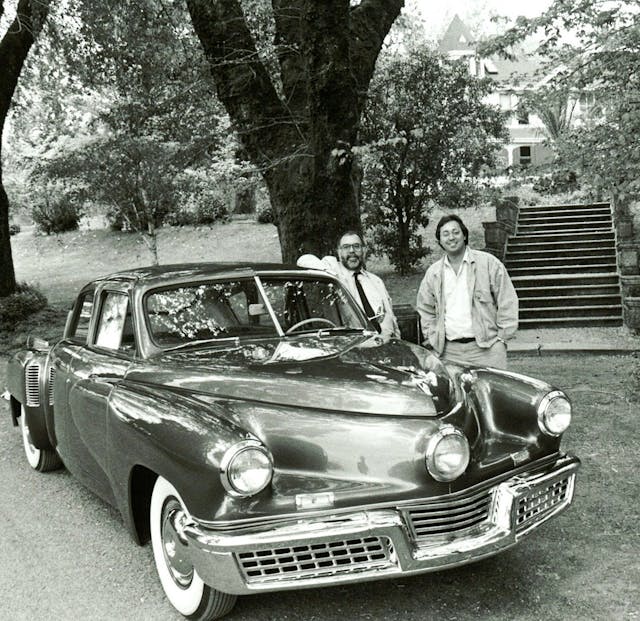
Looking back, Preston Tucker battled valiantly to build his dream car, insisting that streamlined styling and safety features like seat belts were essential and predicting that every manufacturer would follow his lead someday. But Steve Lehto insists that Tucker’s legacy is more than just the car. “Tucker dared to compete in the highest levels of American business,” he wrote, “and he came tantalizingly close to succeeding.”
“Most people become a loyalist to a specific car because of its physical attributes or their past experience with it,” adds Mark Lieberman. “Tucker fans are attracted to the story, the history, the people, and the car itself. There is a lot to love, even if you’ve never seen one in person.”
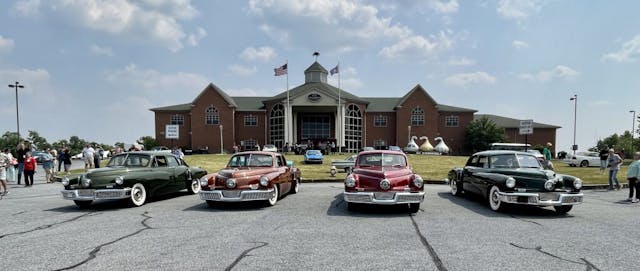
The Tucker faithful can’t rewrite history, but they point to the cars’ advanced styling and engineering, their astounding value today, and the eternal appeal of the “David vs. Goliath” story as evidence that Preston Tucker remains their automotive hero for the ages.
***
Check out the Hagerty Media homepage so you don’t miss a single story, or better yet, bookmark it. To get our best stories delivered right to your inbox, subscribe to our newsletters.
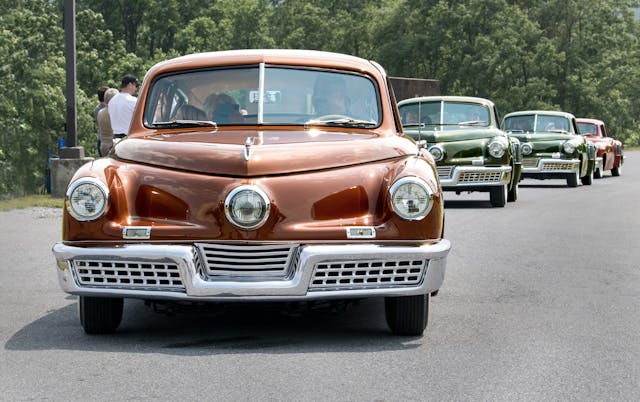
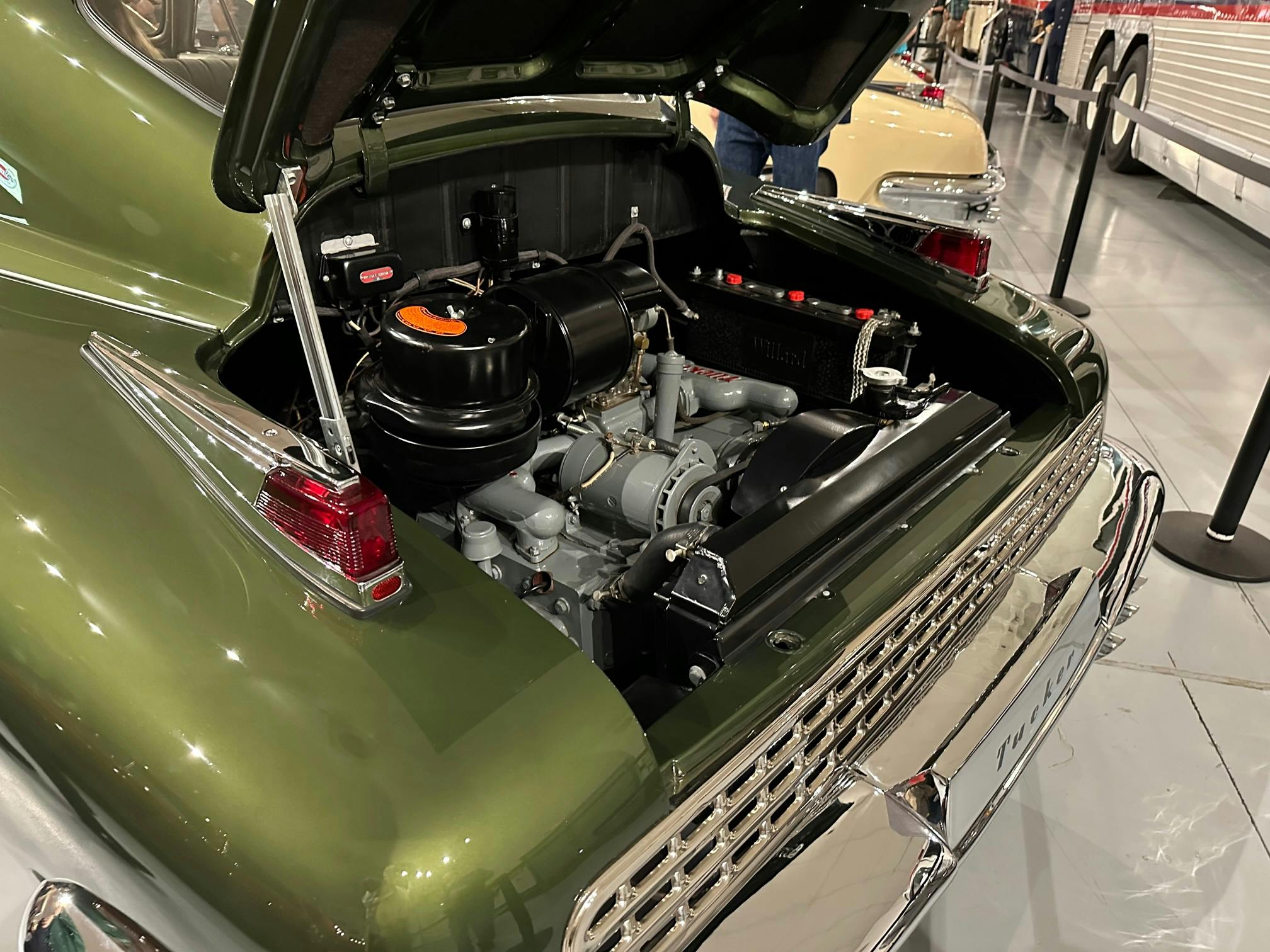
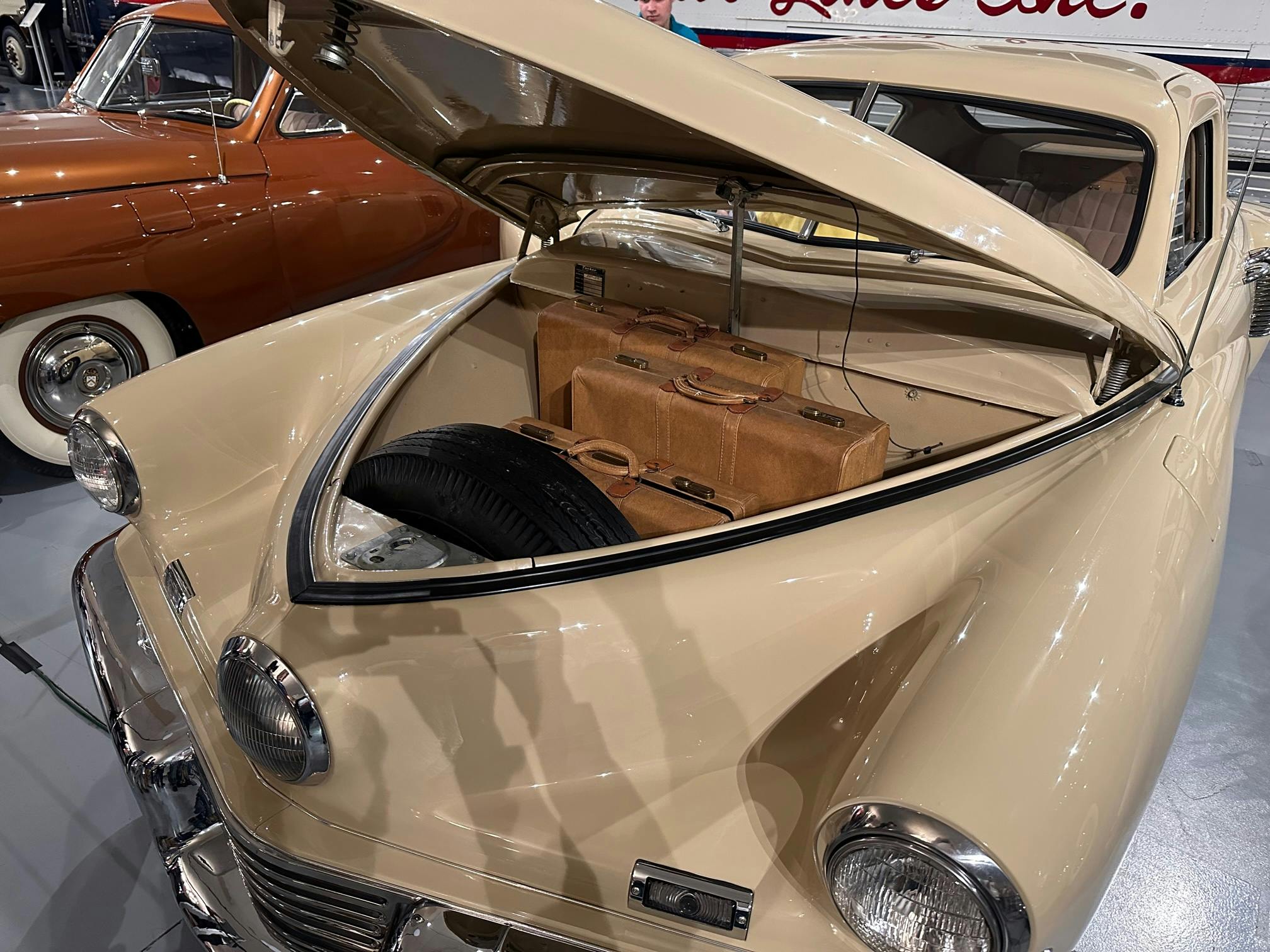
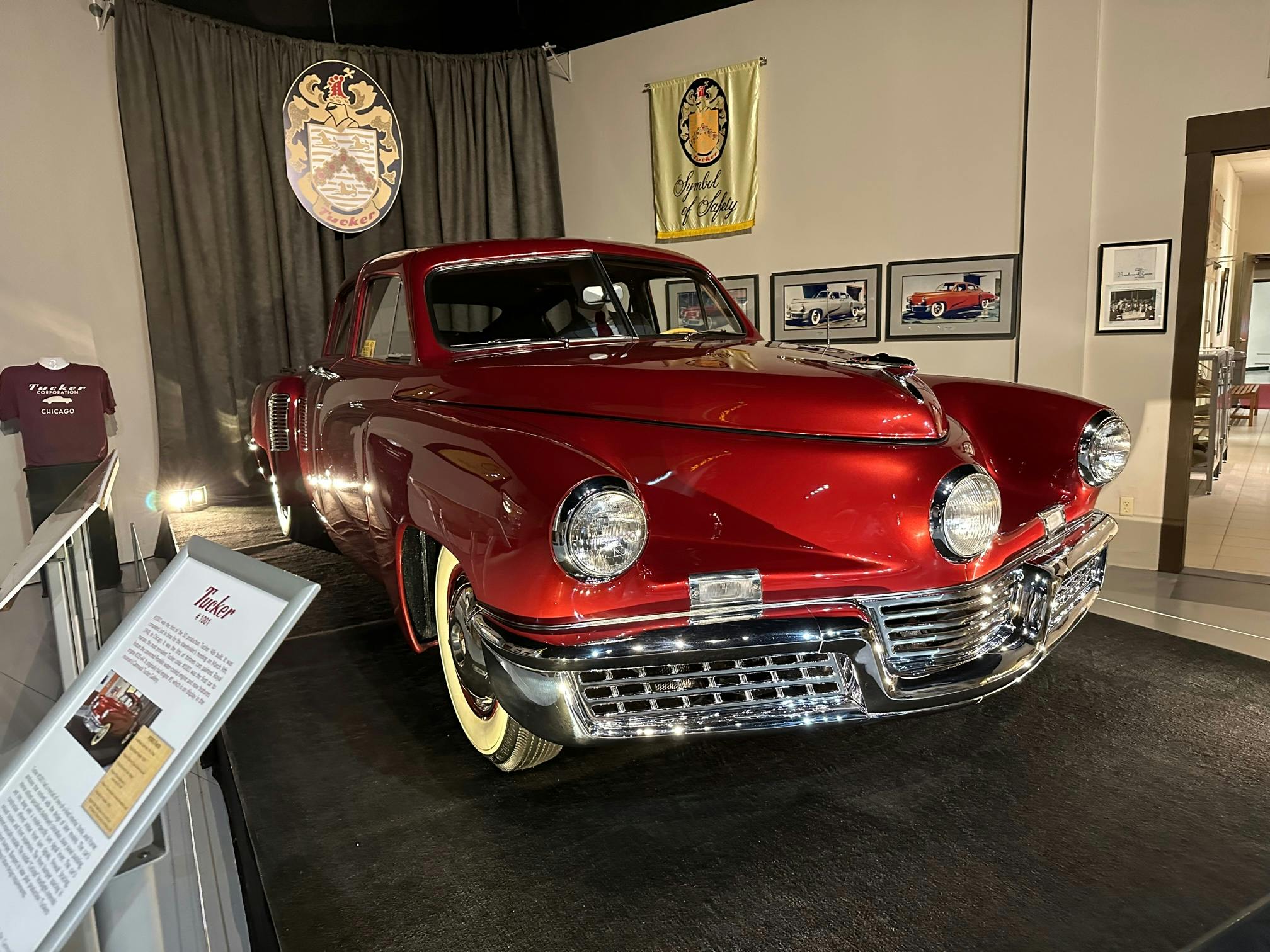

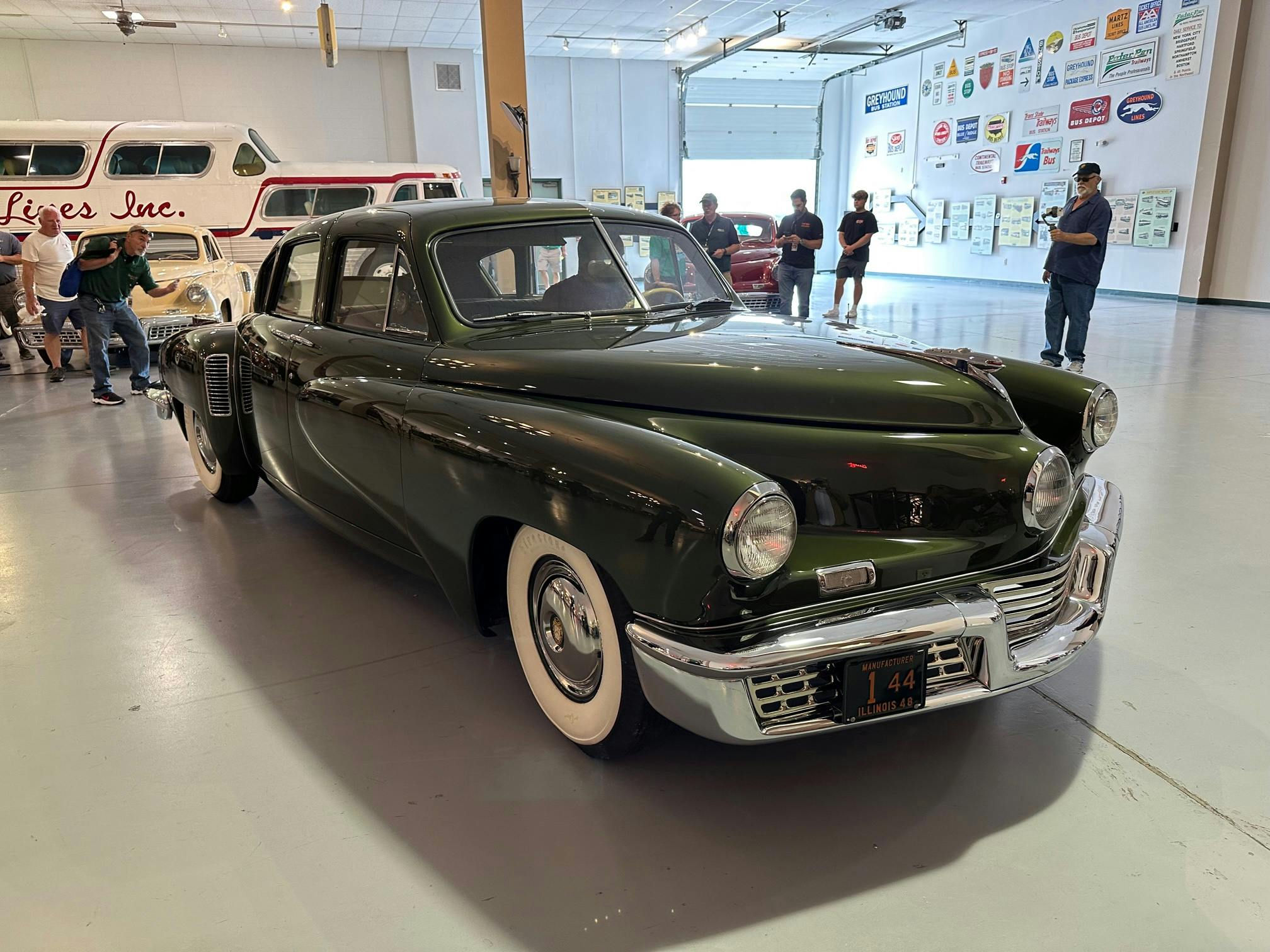
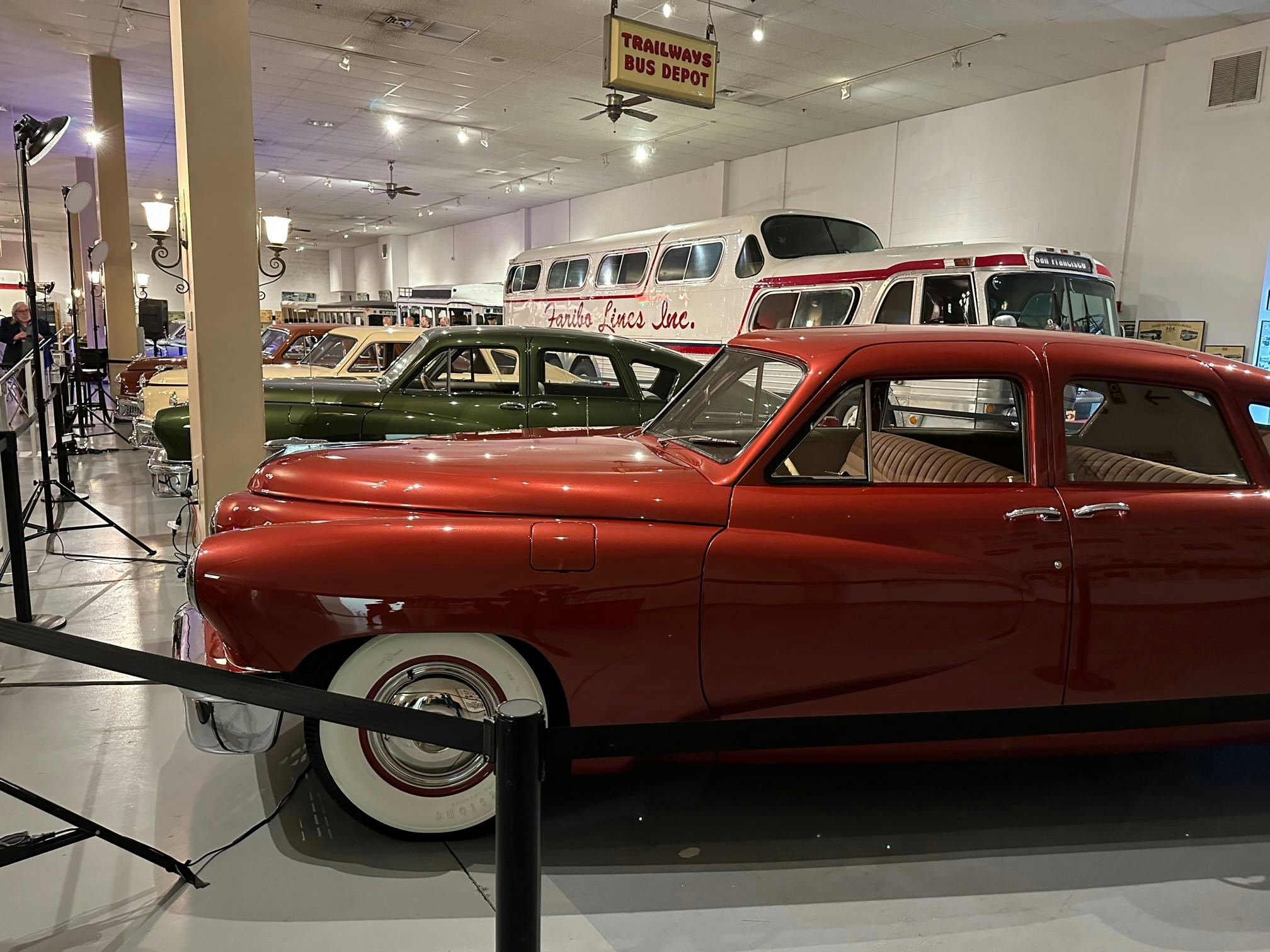

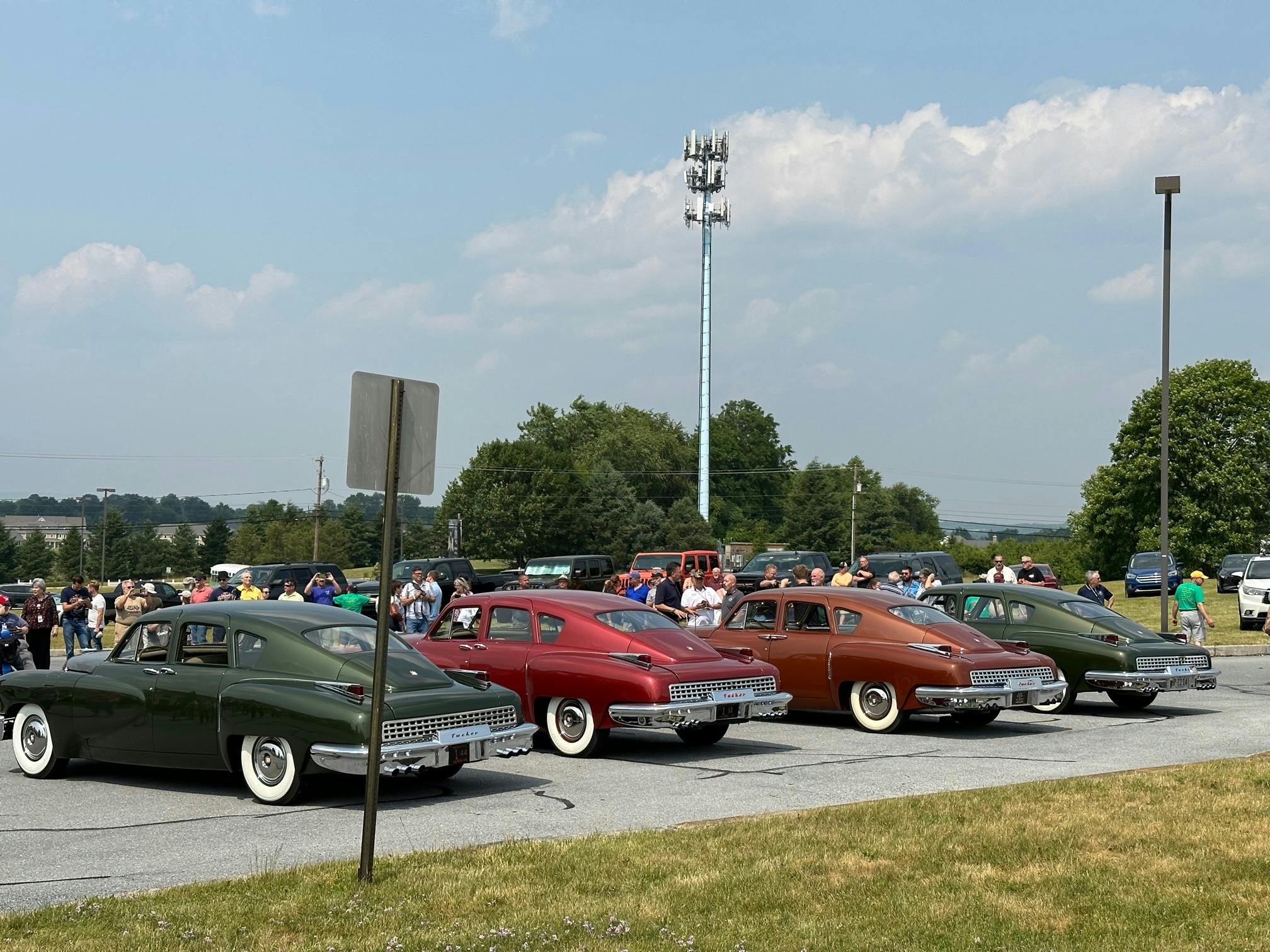
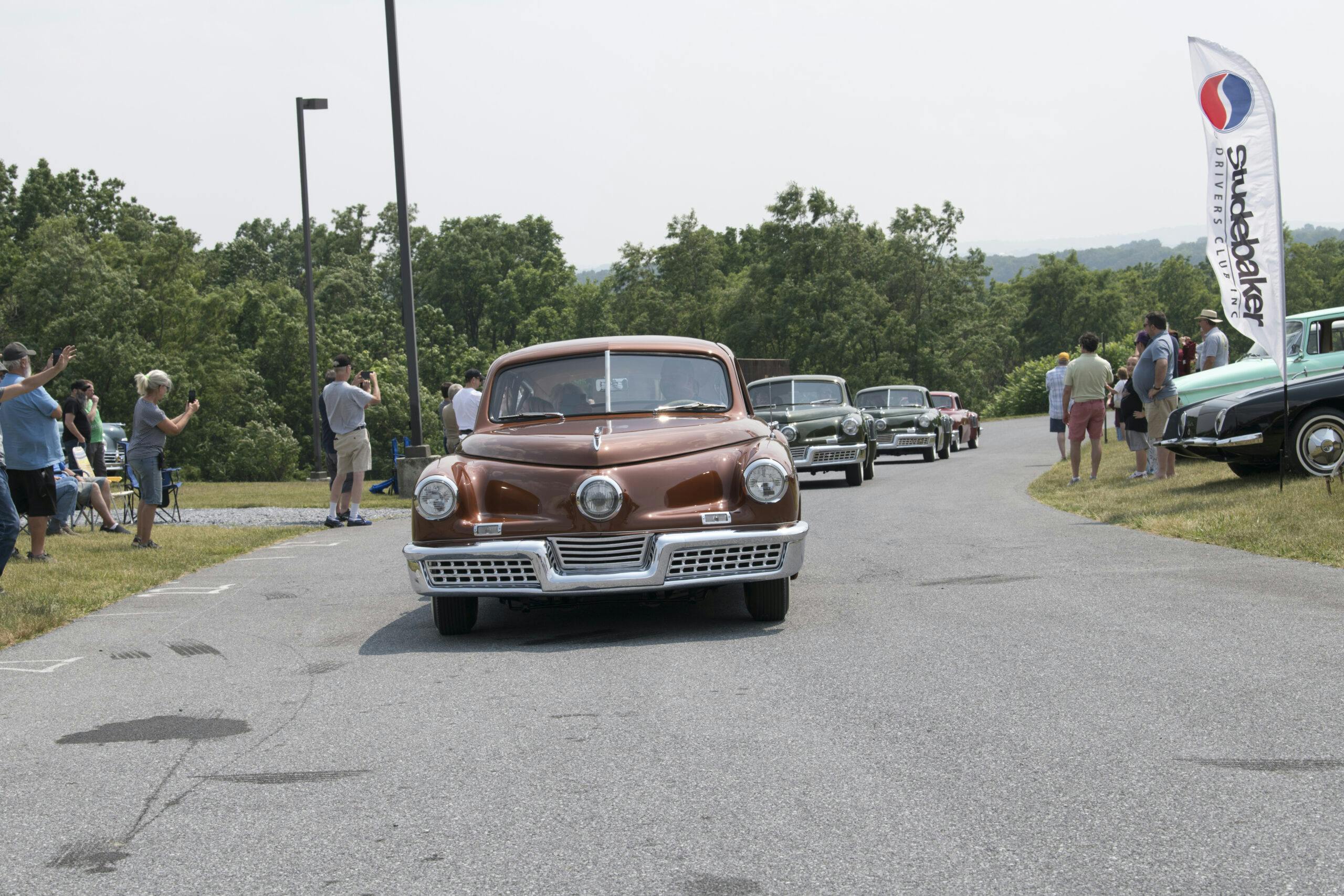
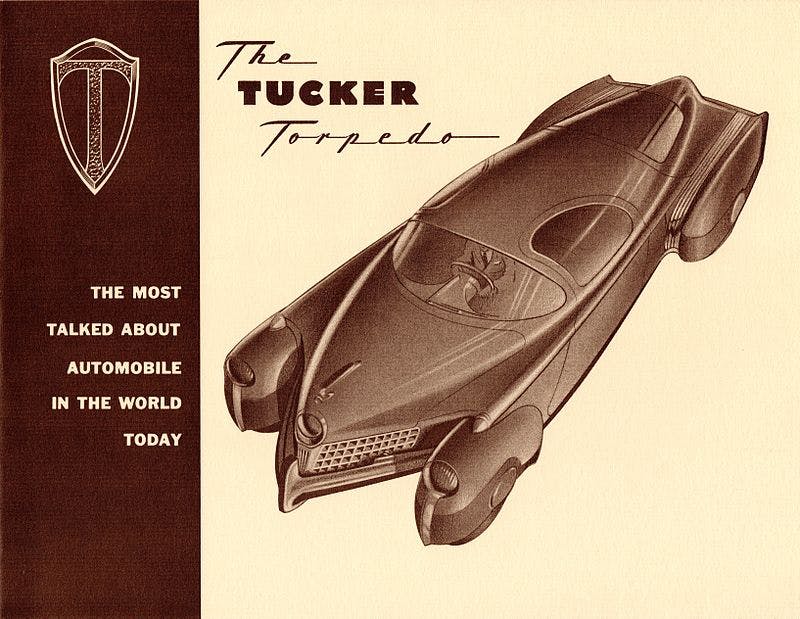
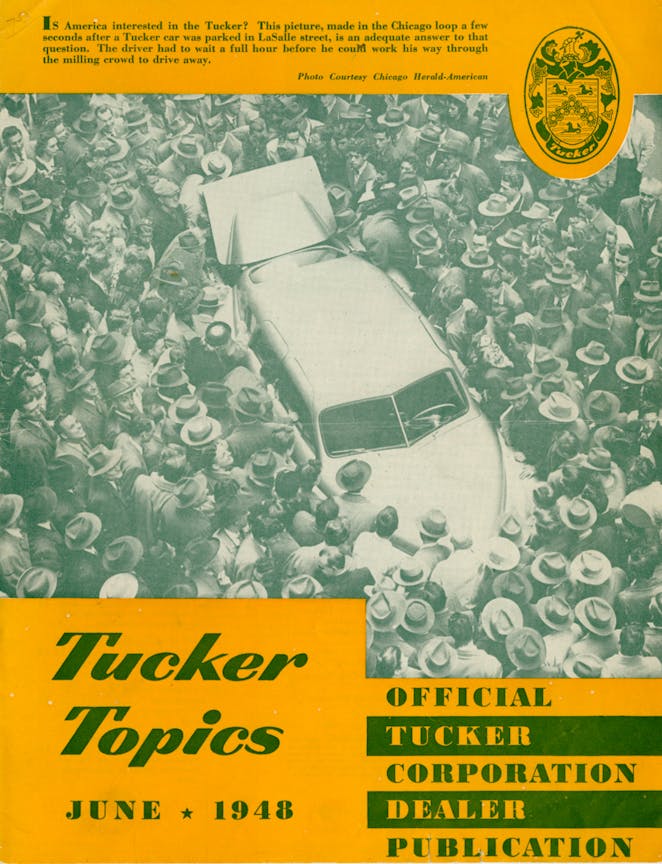

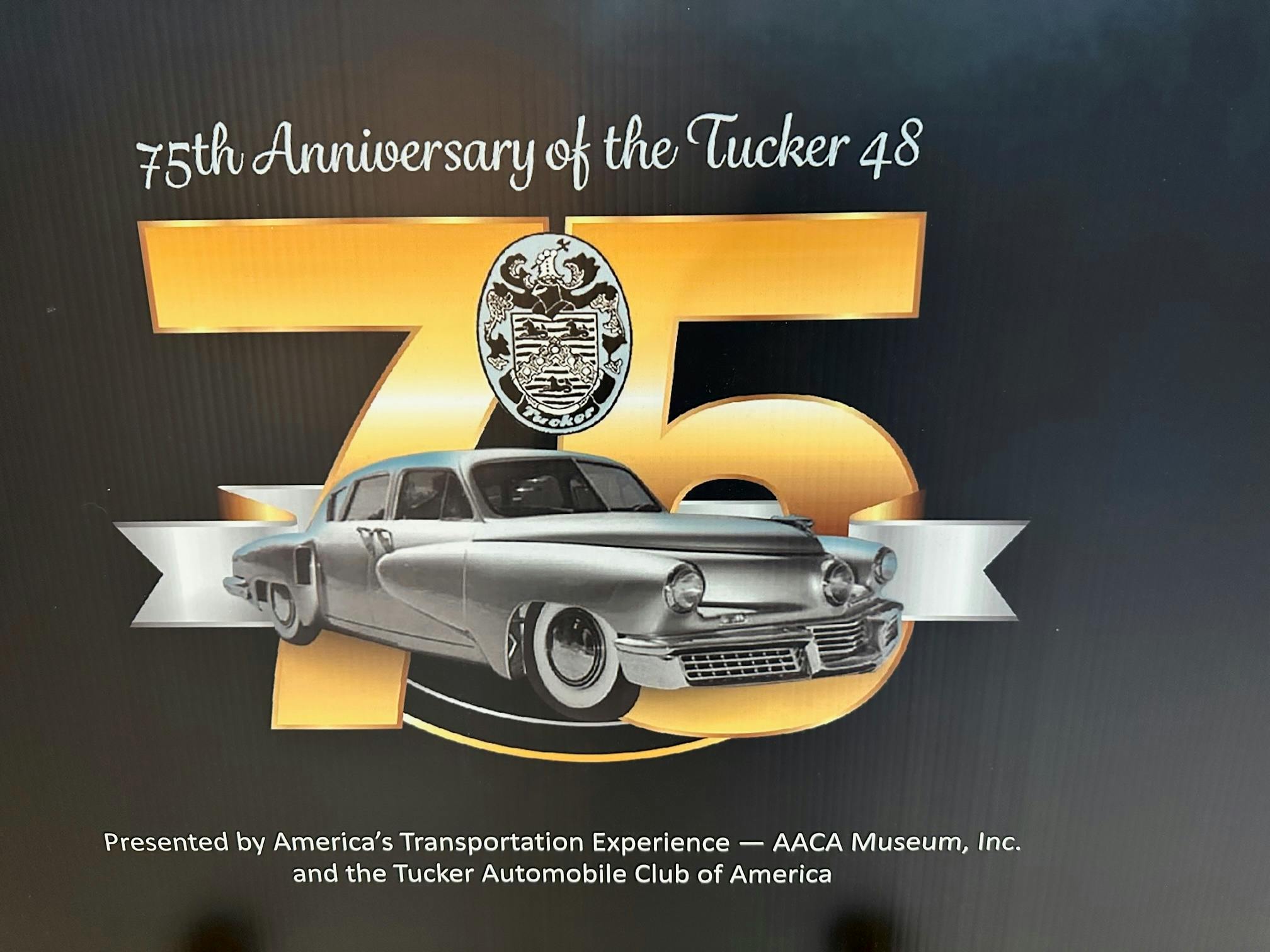


Looks Like a good time. Sorry I missed it. BTW, the little museum was in Alexandria, Va. My friend rents the old building.
Would be great to see so many Tuckers in different colors. Having seen one at a museum here in Texas years ago was a thrill.
“remain convinced that Preston Tucker was victimized by the Detroit “Big Three,” unmercifully harassed by the Securities and Exchange Commission (SEC), and unfairly targeted in a cruel vendetta”
Same as happened to DeLoren !
He may be gone but he’s definitely having the final laugh. If I had the money I’d have Chip Foose build me his take on a new Tucker.
Tuckers were an amazing car for the day. Wonder what they would be like now had they survived. That said, while a lot of the innovations were, well, innovative; I understand that although seat belts were considered for the Tucker48 they were not included because the company was afraid the cars could possibly be seen as “unsafe” if they were used.
My maternal grandfather, George James Wilson, was the Director of Labor Relations at the Tucker Corp. I have his employee badge (number E1 3), as well as a few photos he took at the factory. He always believed that Tucker was indeed serious about going into production, as my grandfather was hired as the liaison between Management and the Work Force. He had held a similar position with Dodge Brothers previously.
I have been fascinated with Tucker since I read about them as a young boy in the mid-1960s. What a fabulous car! Safety features and performance. I later learned about the back story and the movie brought it all home. There are certain things in life when I spot them they grab me and have my full attention. My lovely wife, my 1965 MGB that I have known since it was new (I was 12), 1966 Cadillacs like the one I learned to drive in, and Tucker. Something about that car. So great. Thanks for the story and the pics are terrific!